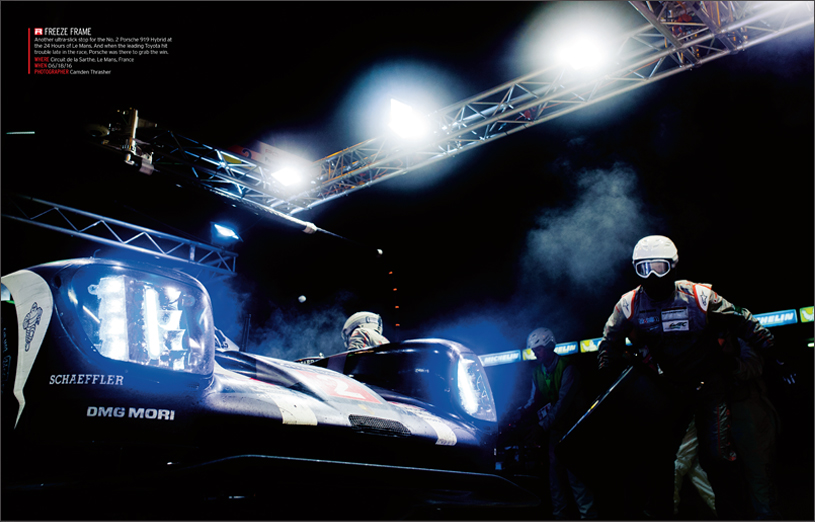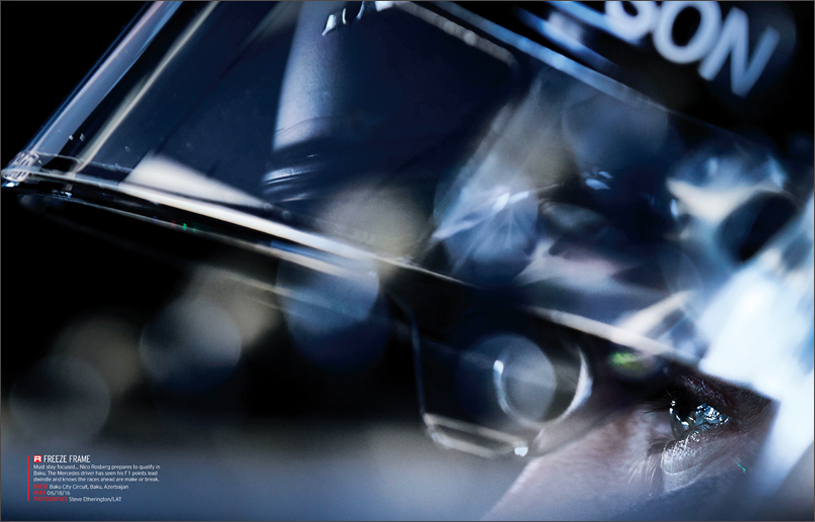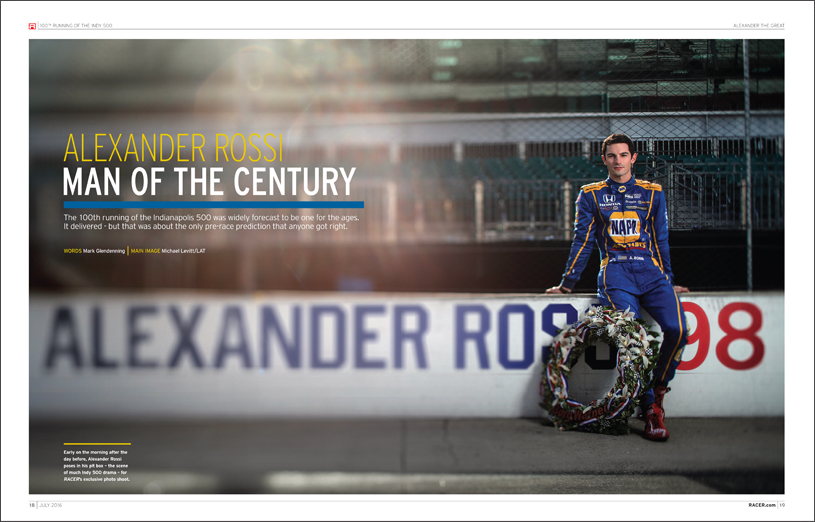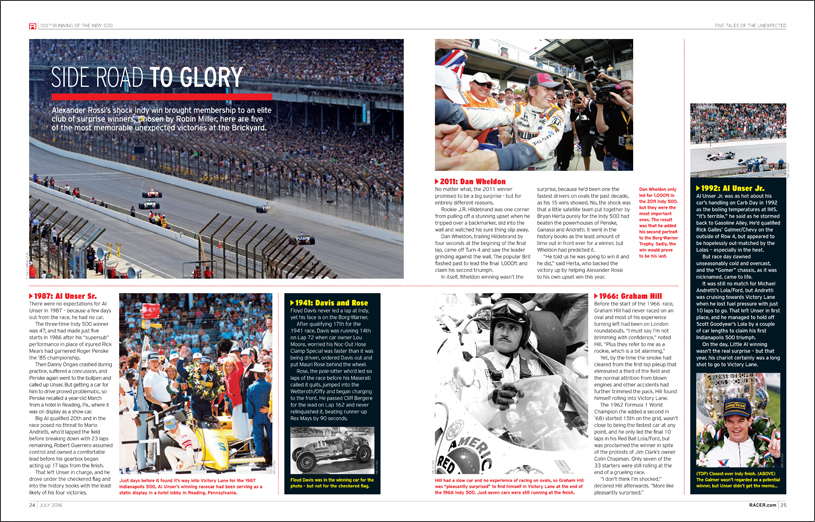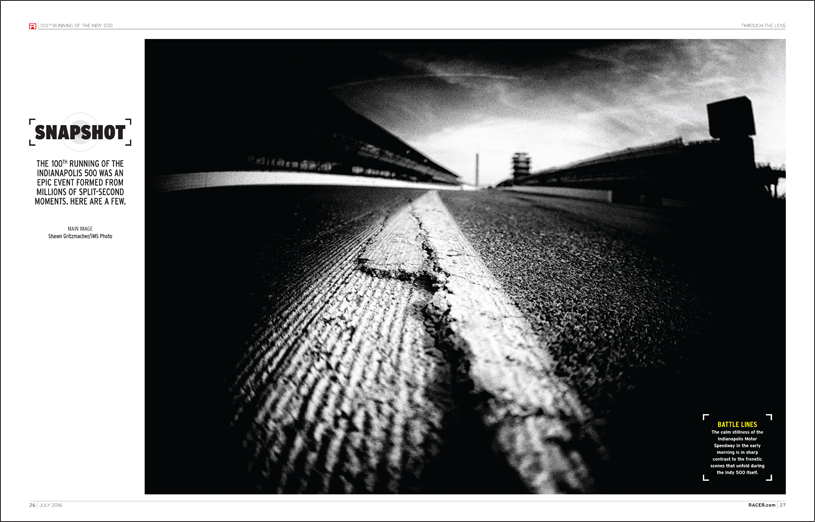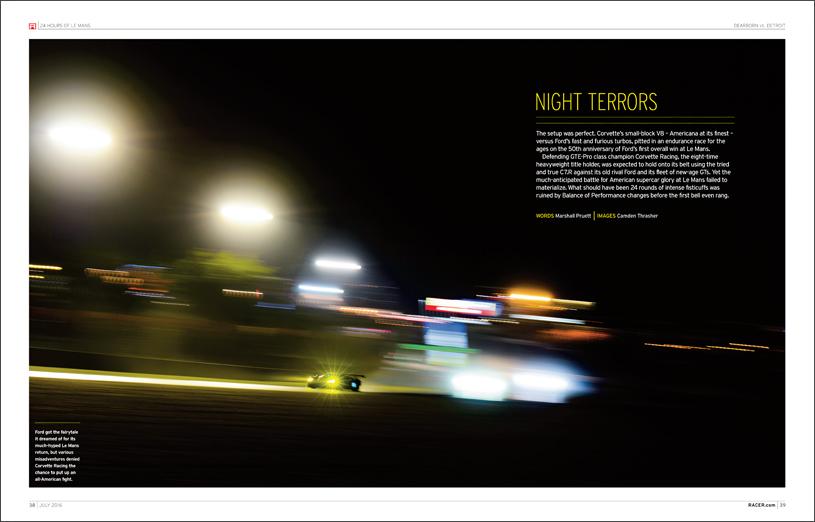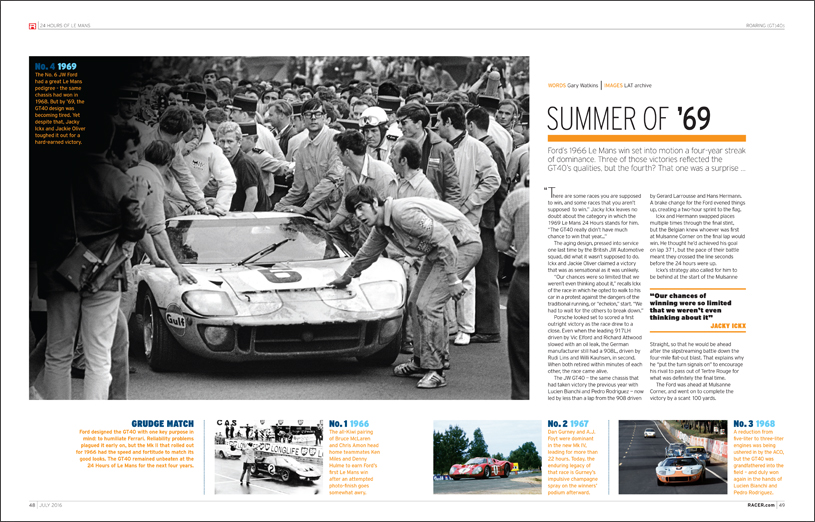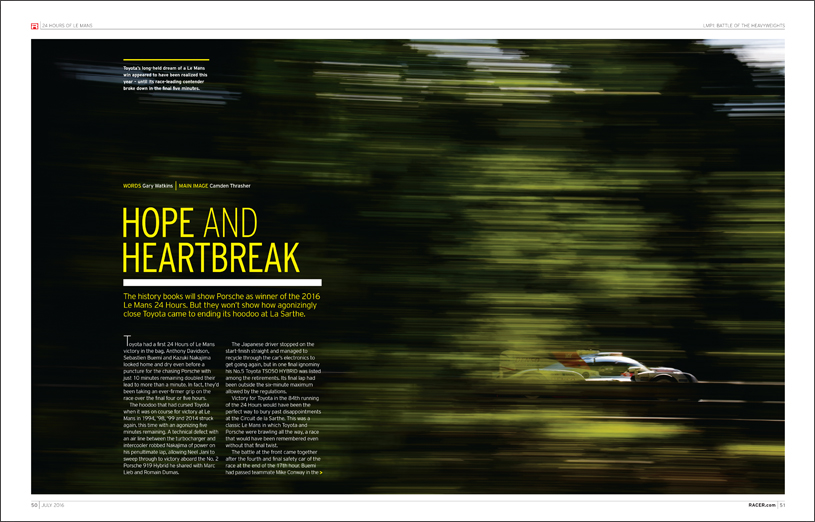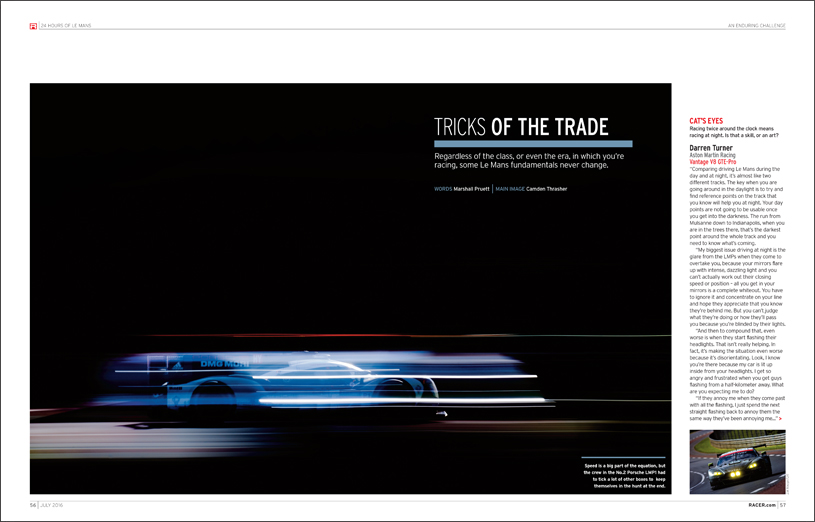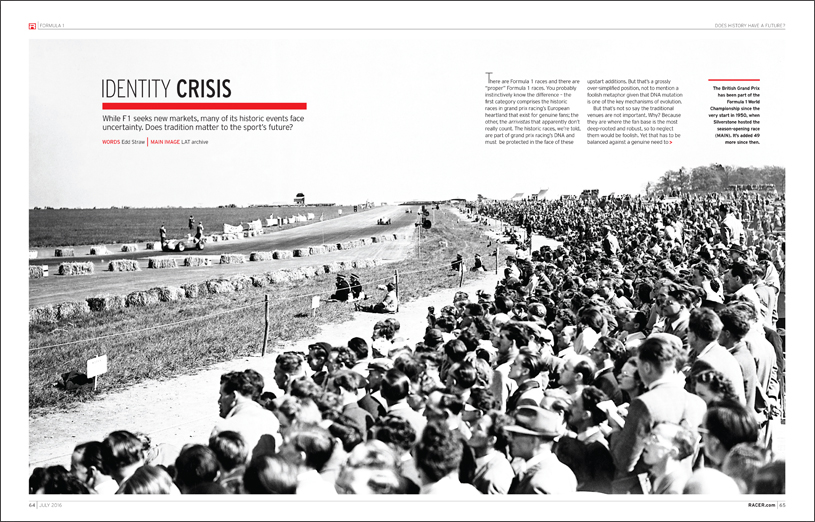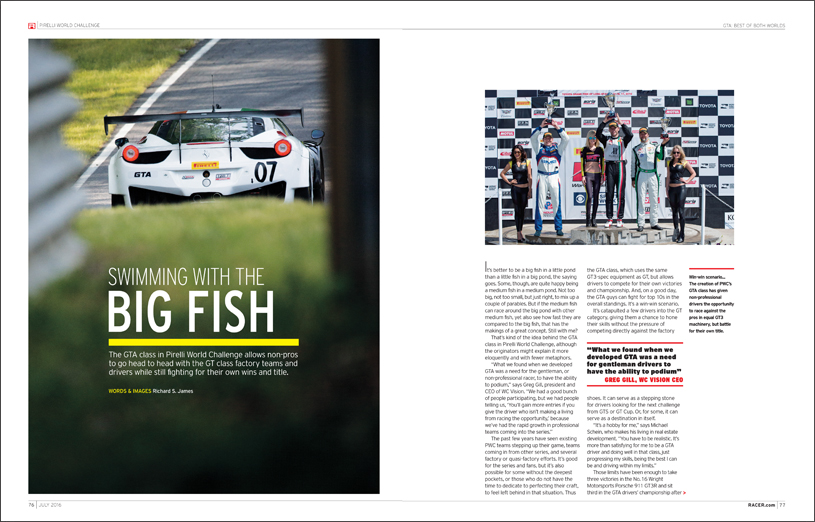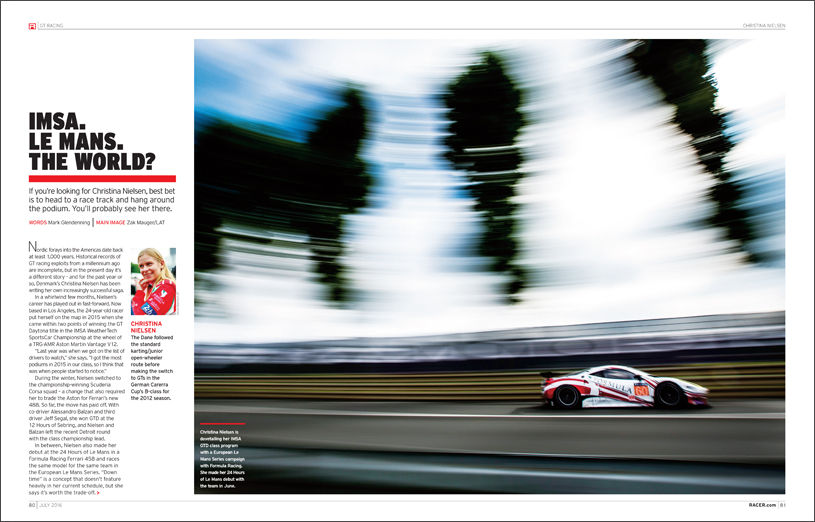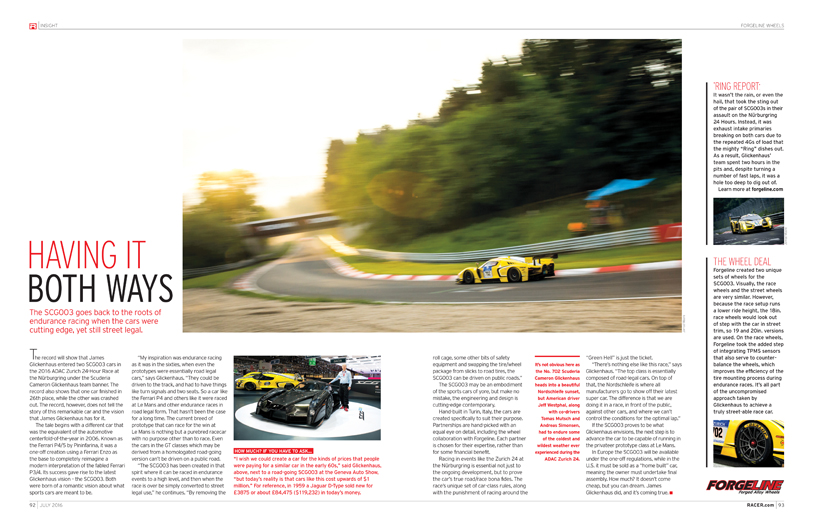Number 278: The Legendary Races Issue
“I want to win the Indy 500 every year,” Marco Andretti said in February. “But the 100th is a milestone. If there’s a year to do it, this is a good one.”
The victory would elude him once again, although he’ll take whatever solace he can from sharing engineering meetings with the driver who did capture it. Alexander Rossi went into May unburdened by expectation, and ended the month having earned a permanent place in Indy folklore.
That sense of a victory that is great in isolation, but which also
becomes absorbed into a greater narrative is one of the defining qualities of a “legendary race” – and something that we’ve tried to tap into with the cover for RACER’s first Legendary Races Issue, an homage to the Indy 500 program from 1939.
But “legendary races” is a loose concept. Some icons – Monaco, Macau, Bathurst – are inextricably tied to the layout that made them famous. Another member of that club is Le Mans. This year’s encounter delivered heartbreak and drama at the front of the pack, and a surprisingly lopsided battle for the returning Fords in the GT class. In this issue, we take you behind the scenes of both.
In some other cases though, the distinction between legend and place is less clear. More people probably miss the French GP as a symbol than they do Magny-Cours as a venue, and that idea could be put to the test again in the near future as Monza threatens to buckle under the weight of rising competition from new locales with deeper pockets. Which prompted us to ask: Could Formula 1 survive without its traditional venues? The answer, like everything in F1, is more complicated than you might think.

